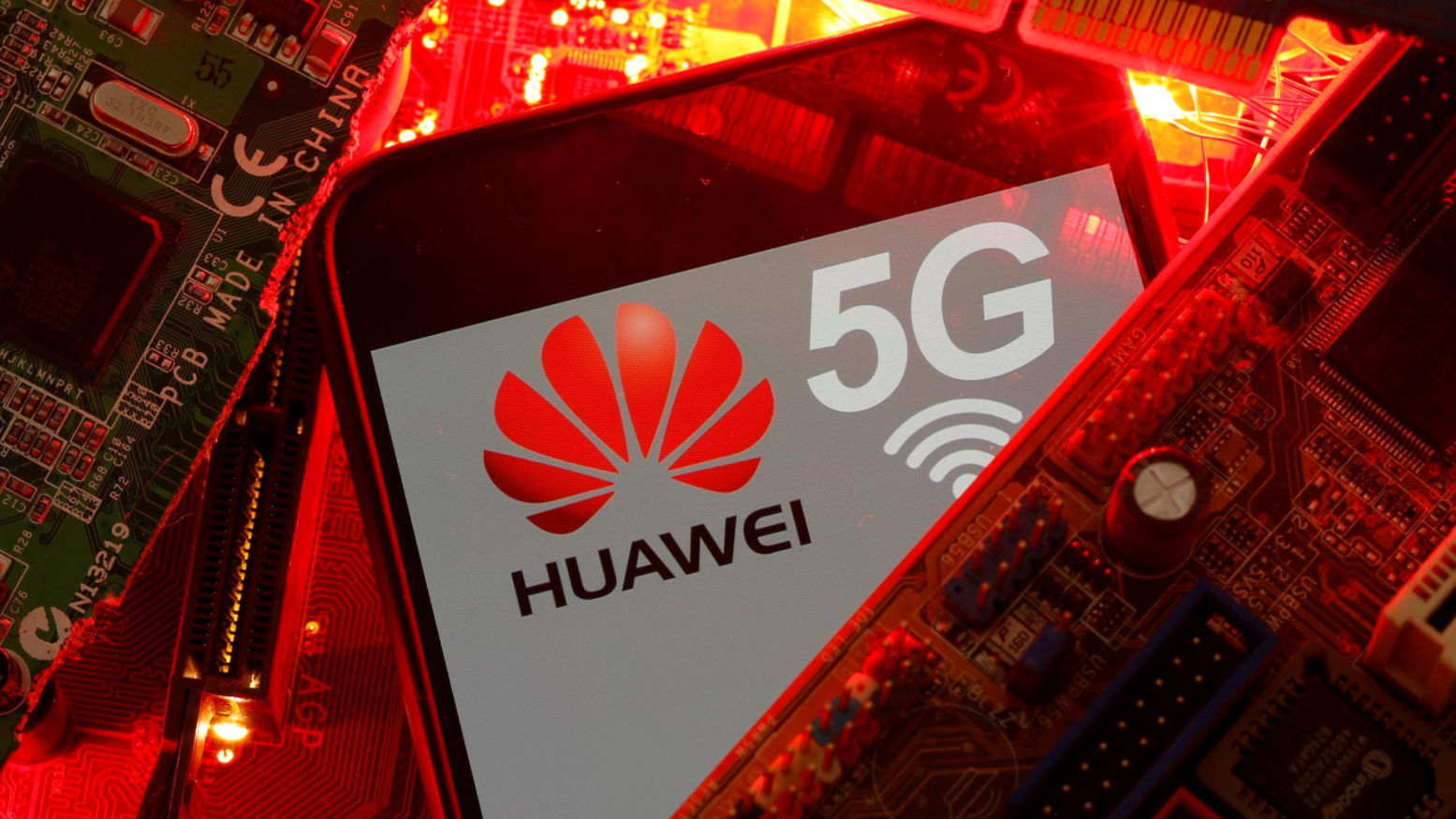
5G network technology experts are counting on radically changing the telecom sector and using electronic applications and digital services.
What are the technical characteristics of the 5G network that distinguishes it from previous networks? What are its future effects on our personal and professional transactions? Is this technology a threat to the environment and public health because of its electromagnetic frequencies?
Politically, what are the stakes in the Chinese conflict with the rest of the world – especially the United States, Britain, and the European Union – because Huawei accused Huawei of being a “Trojan horse” for Chinese intelligence?
“A letter and a number that carries a lot of promises and raises a lot of fears among countries, companies and public opinion!”
Thus, the position of the new technological baby 5G network can be summarized, as this technology from the fifth generation of mobile communications will soon replace the fourth generation, which is no longer able to accommodate the continuous increase of voice communication and video services.
How is the 5G network distinguished from its predecessors?
Technically, the fifth generation uses the 3.5 GHz radio frequencies in its first version before reaching the 26 GHz level.
The new technology aims to provide connectivity without congestion at the level of the traditional frequencies used by the second, third and fourth generation, which range from 700 MHz to 26 GHz.
The effectiveness and power of the 5G network is not only related to the type and level of radio frequencies used; But also the quality of the technical infrastructures (antenna and controllers), which allow enjoying an entry quality of digital services equivalent to 10 times the access speed available over the fourth-generation networks.
For example, uploading a 1 GB file using a mobile phone or tablet will only take 10 seconds over 5G, compared to 7 minutes in the technologies currently in use.
Response speed is a characteristic feature of this new generation of networks, whether reception or transmission of digital data, as this speed reaches 1 ms per second compared to 10 to 40 ms per second for fourth generation networks.
All of these technical features related to ease of access, speed of transmission and reception will undoubtedly affect all daily applications of education, trade and health …
Central switching generated by 5G is the speed of uploading and video communication thanks to the frequency of 26 GHz. Thanks to the fifth generation networks, the connection between a million phones, electronic devices and cars without a driver, the Internet of things and others will be very easy.
And the world’s telecom service providers are still preparing for technical migration to the fifth generation, while the telecom companies in the Principality of Monaco and in South Korea started to provide the first services that rely on 5G technologies already.
Do fifth-generation networks threaten the environment and public health?
The public’s fear in the West and the active associations and activists in the field of environmental protection from the new technology stems from the fact that millions of users will be forced to replace their fourth-generation smartphones with a new one compatible with 5G technology.
The average cost of new mobile phones is $ 650 as a model for Huawei, Samsung, Sony, and Xiaomi.
This shift will lead to an increase in the number of unusable phones, which constitutes a threat to the environment in the absence of effective mechanisms to recycle and manufacture old phones.
The introduction of fifth-generation technology will also lead to increased energy consumption, given the requirements of these new networks in the rapid connection of millions of phones and the Internet of things per square kilometer, especially when using the 26 GHz frequency level, which will also result in an increased number of aerials to connect between different cities and roads to ensure New network coverage.
Are electromagnetic waves really dangerous?
According to the latest WHO reports for the year 2018, there is no negative effect of mobile phones frequency, and it has not been proven otherwise.
But with the fifth generation, the situation can change as technically 5G has a stronger “electromagnetic fog” compared to what is found in the second and third and fourth generation and Bluetooth.
Huawei and 5G network: the Chinese Trojan horse?
The conflict between Chinese companies – led by Huawei – and many Western countries is linked to two controversial files. First, it concerns the issue of technological independence and the fear of losing the reins of telecommunications companies and governments in the case of choosing technology solutions for Huawei.
The second disagreement relates to the growing concerns that the Chinese telecom giant could spy for Chinese intelligence.
The USA directly accused Huawei of building backdoors in the fifth generation networks, which facilitates the Chinese intelligence access to a lot of sensitive data and information.
For its part, Huawei considered the Trump administration’s accusations an exaggerated political imagination and a chapter in the trade war between Beijing and Washington.
And similar to the American position, Britain decided to exclude the Chinese company from the fifth generation projects while prohibiting the purchase of any equipment related to 5G from Huawei starting in the year 2020, with emphasis on withdrawing all the company’s equipment from all communications networks in the country no later than the year 2027.
As for the French position, it is cautious in dealing with Huawei. Despite not preventing the resort to the Chinese company’s technology, the government stressed the importance of protecting security areas sensitive to national security.
France seems obliged to take this position, as the French companies Bouygues and SFR depend on more than 50% on mobile networks that rely on Huawei solutions.
As for the rest of the European Union, major European telecom companies such as Sweden’s Ericsson and Nokia of Finland are encouraged to launch their 5G networks.
There is no doubt that the majority of the major countries have become fully convinced that Huawei is a “Trojan horse” for eavesdropping and spying for the benefit of Chinese intelligence. These accusations escalated after America announced the arrest of Chinese citizens on charges of participating in espionage campaigns over the Internet to steal weapons designs, information about drugs and the code of many electronic software.
In the rest of the countries, the accusations made by various governments do not depend on strong evidence to ensure the existence of espionage and eavesdropping, especially since the company has succeeded in spreading its services and technology in more than 130 countries across the world, but given the Chinese government’s composition and repressive approach, it is not excluded that This technology is used for the purposes of espionage and data collection.
China defends its companies: eye for an eye and a tooth for a tooth
Despite the growing anti-Huawei trend, China’s response has not been late and resolute: everyone who tries to harm its companies will not hesitate to take revenge measures against it.
The first of these measures touched US companies such as Apple, Qualcomm, Cisco, and Boeing, which Beijing classified as unreliable.
China is also considering launching large-scale inspections against American companies, which will affect the market value of these companies, given that the Chinese market is the first export market for American products.
Huawei, for its part, is reassuring despite Western pressure, as it ranks third in the world in smart phone sales after Samsung and Apple. It is also the first in the world in terms of mastery of fifth generation technology thanks to its large research and development investments that exceeded $ 15 billion.
The coming months will be specific to the future of Huawei’s Chinese conflict with other countries opposed to this technology; All telecom regulators and companies are preparing to launch RFPs for the deployment of 5G networks.
Between fear and a technological head start, the future of Huawei and 5G services is determined.
